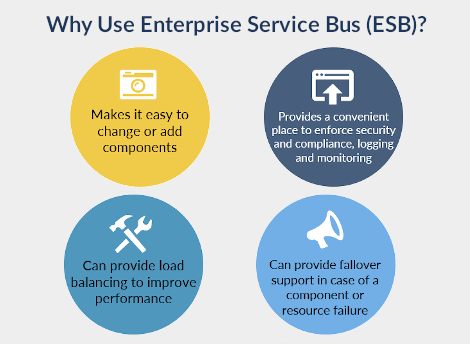No modern application architecture is perfect without a comprehensive integration tier. It is crucial that the services should effectively correspond with each other, and in case when your services need to be modified, the integration between them stays intact. As for IT, we all know well that enterprise applications should not be integrated into the services themselves. That’s how Enterprise Service Bus (ESB) became so popular, and many companies productively rely on it to support their architecture.





